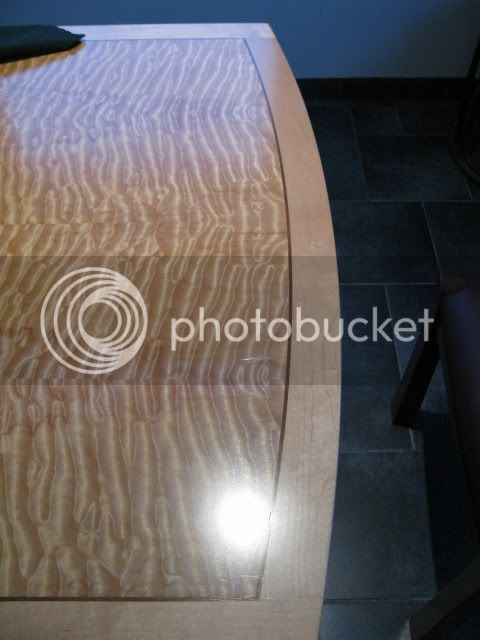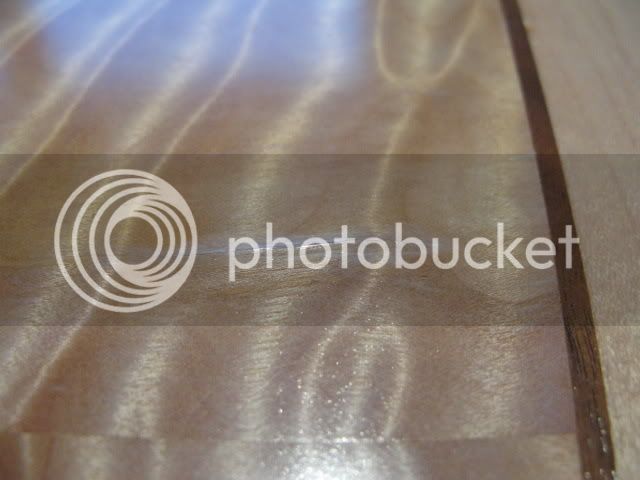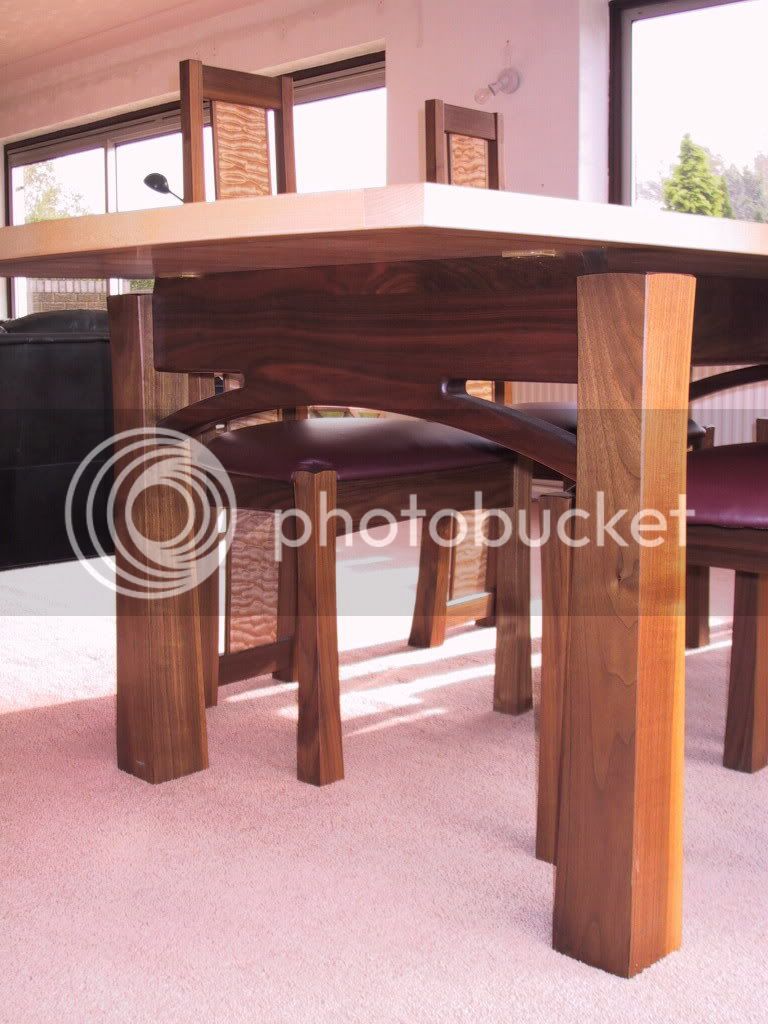Thanks everyone. I will as suggested post it in projects.
As to how I got the idea, I wanted to make a small dining table for my daughter and a circular one seemed like a good idea. From there I had the idea of something that was inspired by the source of much of our happiness and not a few woes - the tree. From there the concept just sort of developed and evolved over quite a long period before I started making it. I have to give credit for support and advice in the making and solving the engineering problems to my good friend Bernard Allen, West Dean tutor, where I did quite a bit of the work on short courses over a couple of years.
I am in the process of writing it up as an article for publication. Got half way through it and rather lost the motivation as I am also in the middle of fitting out the workshop following an extension to it, but I will do it eventually.
Jim
As to how I got the idea, I wanted to make a small dining table for my daughter and a circular one seemed like a good idea. From there I had the idea of something that was inspired by the source of much of our happiness and not a few woes - the tree. From there the concept just sort of developed and evolved over quite a long period before I started making it. I have to give credit for support and advice in the making and solving the engineering problems to my good friend Bernard Allen, West Dean tutor, where I did quite a bit of the work on short courses over a couple of years.
I am in the process of writing it up as an article for publication. Got half way through it and rather lost the motivation as I am also in the middle of fitting out the workshop following an extension to it, but I will do it eventually.
Jim




































